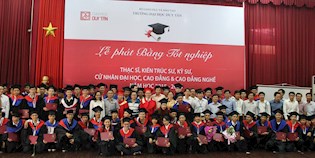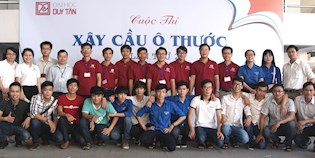Tài liệu học tập
Test 3
A, the shear stress depends upon the coefficient of viscosity
B, the shear stress is maximum on a plane inclined at 45o to horizontal
C, the shear stress is zero
D, the shear stress is zero only on horizontal planes
Hydrostatic pressure variation implies that :
A, the pressure varies linearly with depth
B, the piezometric head is constant
C, the density of the fluid is constant
D, pressure varies linearly with distance
A, only when the fluid is frictionless
B, only when the fluid is at rest
C, only when there is no shear stress
D, in all cases of fluid motion
A, decreases linearly with elevation
B, decreases exponentially with elevation
C, increases logarithmically with elevation
D, varies inversely as the density
A, remains constant only on a horizontal plane
B, increases linearly with depth below a free surface
C, remains constant at all points in the fluid
D, decreases linearly with depth below the free surface
A, Local atmospheric pressure is always less than the standard atmospheric pressure
B, Local atmospheric pressure depends only on the elevation of the place
C, A barometer reads the difference between the local and standard atmospheric pressure
D, Standard atmospheric pressure is 760 mm of mercury
A, absolute pressure
B, gauge pressure
C, local atmospheric pressure
D, standard atmospheric pressure
A, 10.02 m of water (abs)
B, 9.87 m of water (abs)
C, 88.73 kPa (abs)
D, 0.043 kPa (abs)
A, 10.0 m of fresh water of ρ = 998 kg/m3
B, 10.1 m of salt water of ρ = 1025 kg/m3
C, 12.5 m of kerosene of ρ = 800 kg/m3
D, 6.4 m of carbon tetrachloride of ρ = 1590 kg/m3
A, 400 mm of vacuum
B, 350 mm of vacuum
C, 360 mm of mercury
D, 710 mm
Bài viết liên quan





